As introduced in One Hundred and One Dalmatians, Cruella de Vil (Betty Lou Gerson) is not an especially complicated character.
However, Cruella is an iconic and striking character who makes an immediate impression. Roger Ebert described her as “one thing that’s absolutely first-rate about the film.” The American Film Institute ranked her the 39th best film villain of all time in June 2003. The New York Times’ original review talked about how Cruella entered “like a blow torch,” while its review of the 1991 rerelease summarized her as “the wickedest of all Disney witches.”
None of the character’s lasting appeal has anything to do with her complexity or nuance. Her name is a combination of the words “cruel,” “devil,” and “evil.” She acts in a manner that might charitably be described as deranged. Her primary motivation is that she wants to skin 99 adorable Dalmatian puppies to make a fur coat. Given the death of a single puppy was enough to launch the entire John Wick franchise, that’s pretty irredeemable.
Cruella endures as a triumph of animator Marc Davis’ character work and Betty Lou Gerson’s impressive vocal performance. As such, it is odd that Cruella should invest so much effort into developing a sympathetic take on the character (now played by Emma Stone). Cruella helpfully signals its sympathy for its de Vil through a closing needle drop of the Rolling Stones’ “Sympathy for the Devil,” as if trying to one-up Zack Snyder’s use of “Zombie” in Army of the Dead.
To be fair, there is probably something interesting that could be done with a movie centered around Cruella de Vil. Glenn Close had a great time playing the character in the solid (if unremarkable) live-action remake from back in 1996. Cruella was the hook of that movie, looming much larger in the poster for the remake than she did in the poster for the original. Stephen Herek’s 101 Dalmatians is largely forgotten today, but Glenn Close’s red-carpet look remains a pop masterpiece of itself.
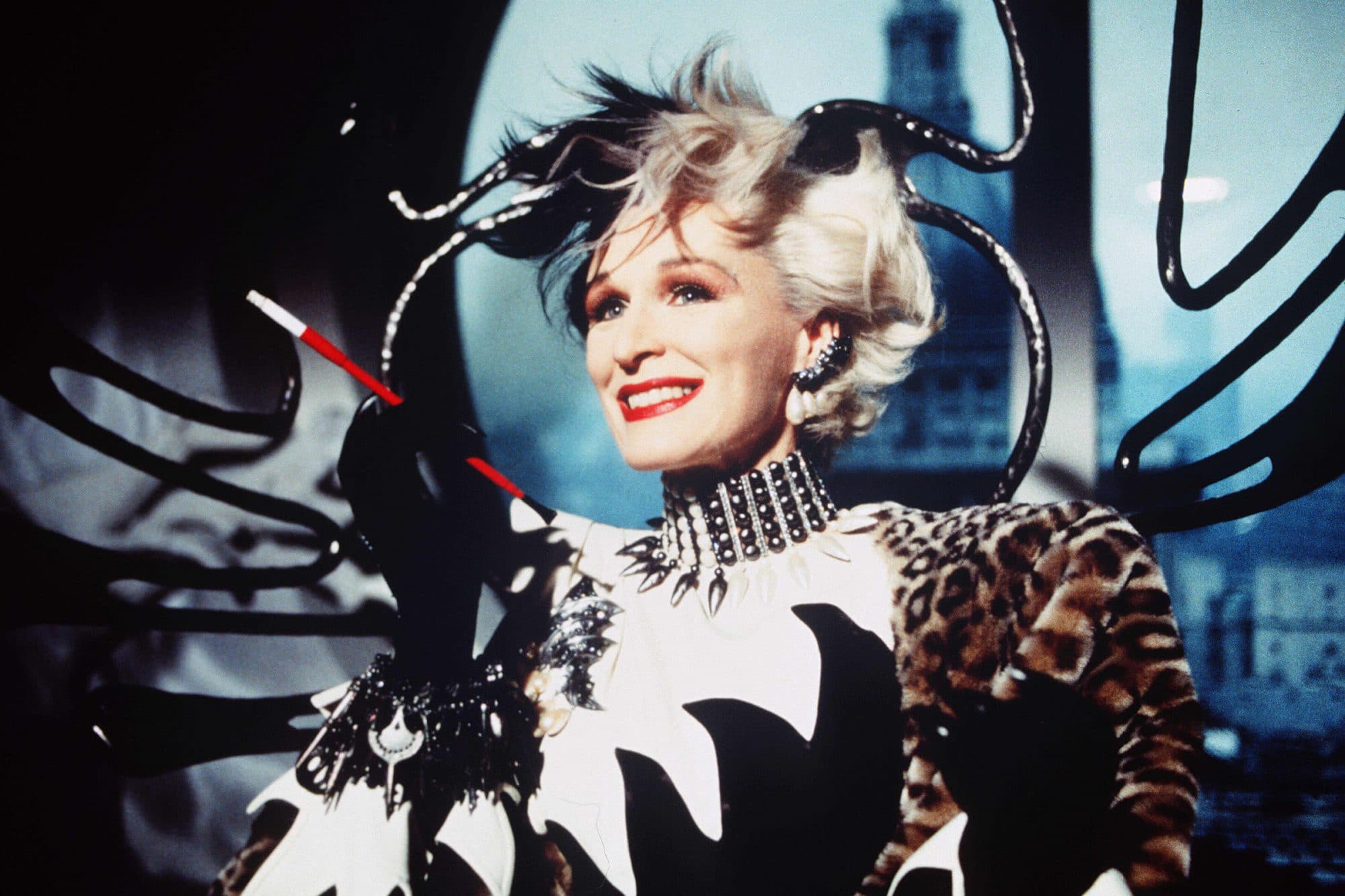
It’s not too hard to imagine a version of Cruella that might work like a family-friendly take on Beetlejuice, The Terminator, or even The Wolf of Wall Street. However, Cruella is unable or unwilling to do this. Instead, Cruella falls into the traps that bedevil so many modern remakes or prequels in its effort to account for the villainous dog-snatching fashion icon. Cruella works too hard to explain its central character, to reduce her to a set of bullet-point trivia and an overdetermined backstory.
Modern franchise films are obsessed with explaining themselves and their characters to audiences. This isn’t inherently a bad thing. Many interesting characters are deep and complex, and these sorts of questions can lead to interesting threads. Christopher Nolan’s Batman Begins is perhaps the gold standard of this approach, which works hard to justify everything from why the character would choose to dress as a bat rather than anything else to why he might have spikes on his gauntlets.
As ever, Hollywood seemed to take the wrong lessons from the film’s success, and suddenly every screenplay was contorting to explain facets of characters that audiences had long taken for granted. The most common example of this trend is the tendency to explain or justify a fantastical character’s distinctive name. The logic is that if a character has a name that deviates from standard westernized naming conventions, there must be a reason for that.
To pick an obvious example, Solo: A Star Wars Story went out of its way to explain how Han Solo (Alden Ehrenreich) came to have the name “Solo,” ignoring the fact that Solo is no less a ridiculous surname than “Skywalker” or “Organa.” The trend is so pervasive that it extends beyond Hollywood. The Bollywood sequel Debangg 3 features an hour-long flashback in which the audience discovers how super-cop Chulbul Pandey (Salman Khan) got his name.
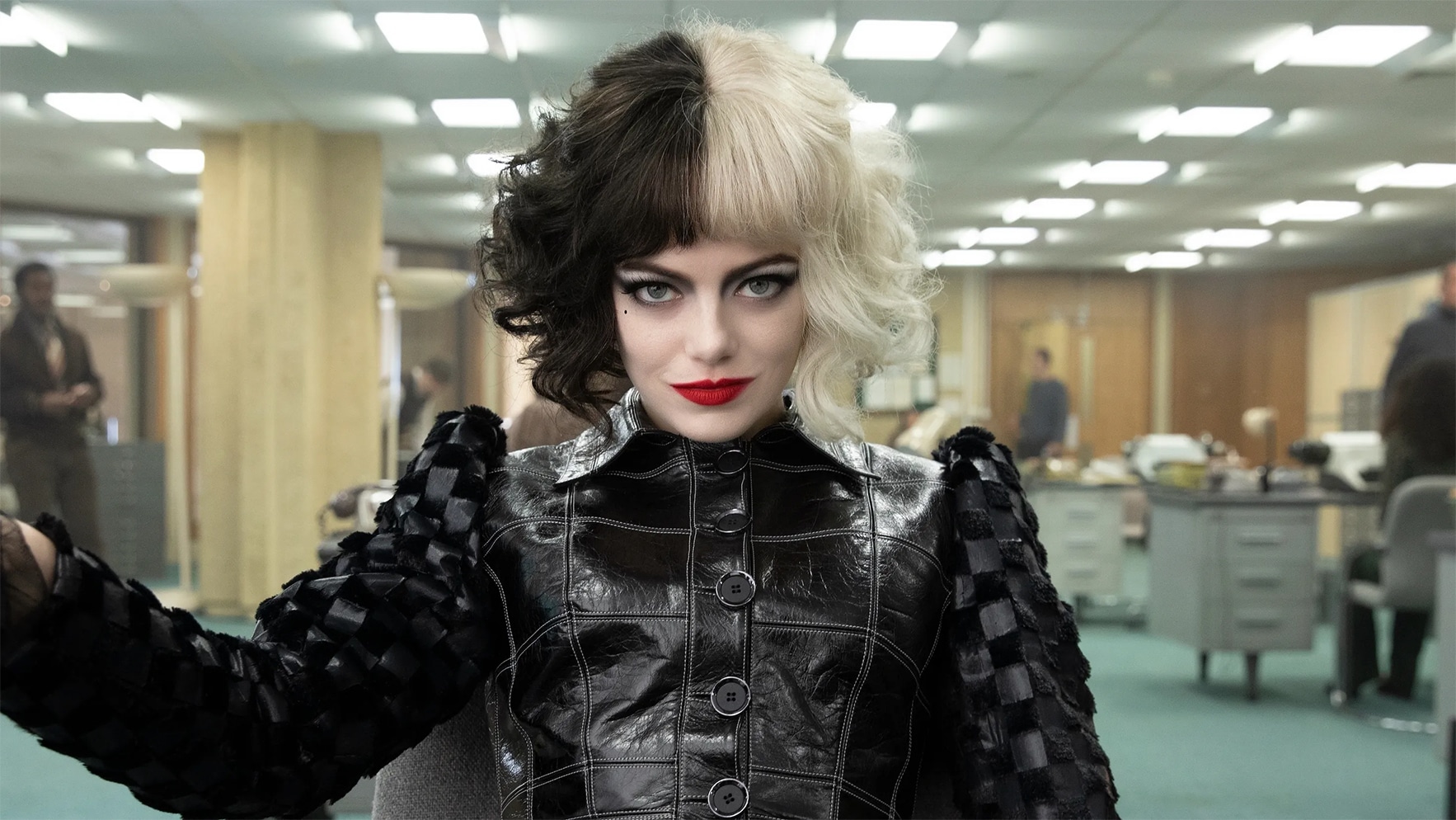
Of course, there is a reason why these characters have these names. The creators of the original work thought that those names were evocative and effective, that they communicated something fundamental about the characters to the audience in a quick and clear manner. Han Solo, for example, suggests a character who defines himself as a loner. Chulbul Pandey suggests a character with the strength and will of a bull. Cruella de Vil suggests a woman who is cruel, evil, and devilish.
Cruella runs an indulgent two-and-a-quarter hours because it insists on explaining absolutely everything about its title character in a way that ultimately reveals nothing meaningful about who she is. The script for Cruella often feels like it was written in response to a memo that had randomly placed question marks in a three-sentence summary of the character, treating her as a riddle to be solved rather than a character to be developed. Every little detail of the character is pathologized.
Cruella reveals that its central character was not really named Cruella de Vil, because that is a silly name that could never exist in the real world and could only possibly be drawn from a children’s book later adapted into an animated movie. Instead, the character was born Estella Miller. However, she was also very acerbic. One might even describe her as cruel. In case the audience doesn’t get it, her mother (Emily Beecham) explicitly chides her, “Your name’s Estella, not Cruella.”
The movie puts considerably less effort into explaining how Cruella came across her surname. As Cruella crafts a new persona for herself as an upper-class fashionista, her henchmen steal a fancy car. The dim-witted Horace (Paul Walter Hauser) phonetically mispronounces the model name. “Do you know what this car’s called?” he asks. “A Devil!” His colleague Jasper (Joel Fry) corrects him, “It’s DeVille, mate.” In case the audience doesn’t get it, Cruella remarks, “I like that.”
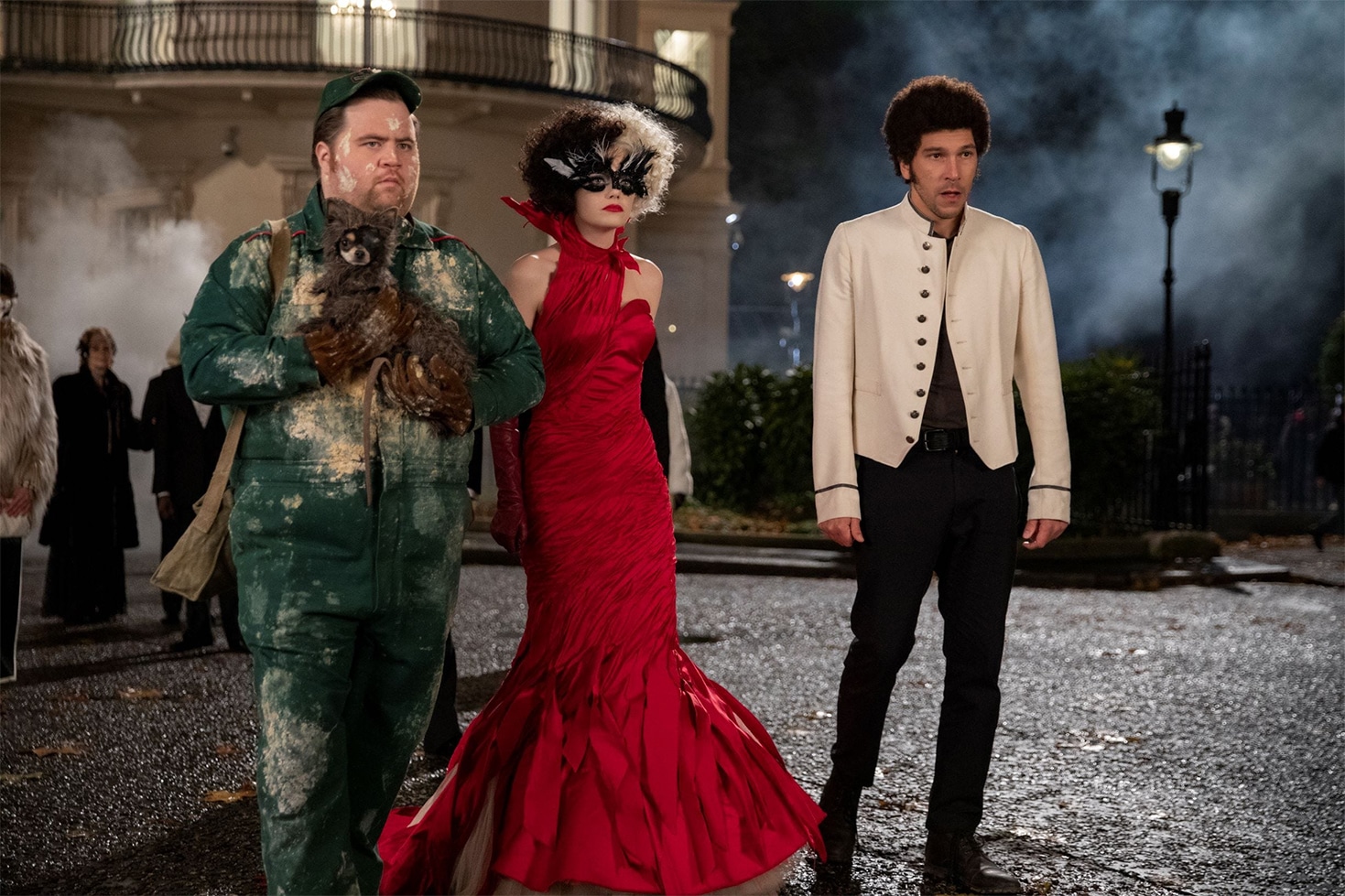
In One Hundred and One Dalmatians, Cruella is a designer who wants to steal a litter of Dalmatian puppies to turn them into some fancy coats. However, Cruella feels obligated to provide Cruella with a justified life-long grudge against the breed. Early in the movie, Cruella watches as a vicious group of Dalmatians push her mother to her death. It’s a frustratingly linear approach to characterization, reducing a character to nothing more than simple cause and effect — input and output.
Cruella ultimately refuses to even allow the title character autonomy over her own moral choices and actions. Cruella de Vil has historically been presented as a truly evil person, prone to murderous rages and violent temper tantrums. However, Cruella treats the fundamental essence of Cruella’s character as something that needs explaining. As such, the movie hinges on the reveal that Cruella is really the daughter of the evil Baroness von Hellman (Emma Thompson) and so inherited her evil.
These are all bad choices. Cruella De Vil is a perfectly reasonable name for a woman who wants to murder puppies and doesn’t need to be a codename with its own origin. Cruella wasn’t horrifying in One Hundred and One Dalmatians because she was pursuing a life-long vendetta against the animals that killed her adoptive mother; she was terrifying because she was acting on pure impulse in response to an immediate desire to make a fur coat. Cruella’s evil needed no greater explanation.
For all Cruella over-explains its protagonist, it fails to do the one thing that is fundamental to the character: Outside of a quick joke, the audience never believes that Cruella would skin one dog, let alone almost one hundred. Cruella even gives the character an adorable pet dog named Buddy, as if to humanize her. Kevin Lima’s 102 Dalmatians did give the villain a dog named Fluffy, but as a joke rather than as proof that she would never hurt an animal.
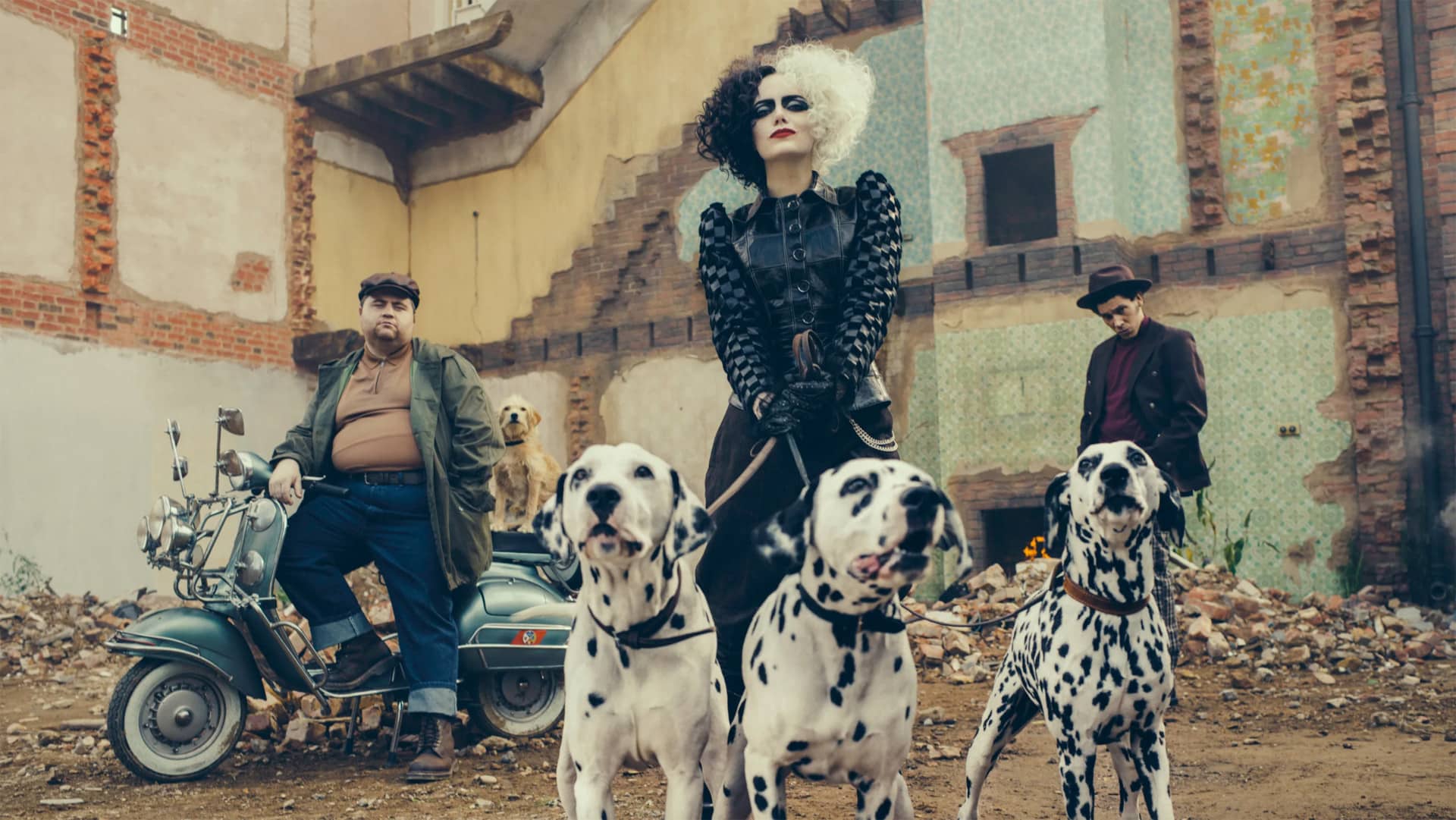
This trend towards overdetermined origin stories is interesting for several reasons, particularly in what it says about modern pop culture. It is perhaps the ultimate culmination of a pop culture built around nitpicking plot holes, the tendencies in certain schools of criticism to treat anything that isn’t explicitly justified by dialogue as a flaw with the movie. Movies like Solo and Cruella act as if “the characters have funny names” is a criticism that must be addressed.
It also speaks to the modern preoccupation with mythologies and scale. It is no longer enough for Han Solo to be a supporting character within the Star Wars saga; the character needs his own movie. Cruella de Vil can’t just be the woman who tried to murder a bunch of puppies once time; she has to have a complex pathology that can possibly support an entire franchise or shared universe. Her grudge with those Dalmatians can’t be a matter of convenience; it has to be generational.
More to the point, everything must be explained. There is no room for ambiguity, and any negative space left for the audience to contemplate is a flaw with the film. After all, modern pop culture seems increasingly (and perhaps understandably) uncomfortable with the idea of irredeemable villainy. Even Avengers: Infinity War gave democidal villain Thanos (Josh Brolin) a sympathetic backstory. Cruella cannot just be evil. There needs to be a reason for it, even if that reason is inherence.
There’s an old observation that explaining a joke is like dissecting a frog; you might understand it better, but you end up with a dead frog. The same might be true of horror. As the character’s catchy theme song suggests, if Cruella de Vil doesn’t scare you, “no evil thing will.” Perhaps it’s harder to be scared by something that has been so thoroughly elucidated. Cruella reduces its title character to a familiar tune.

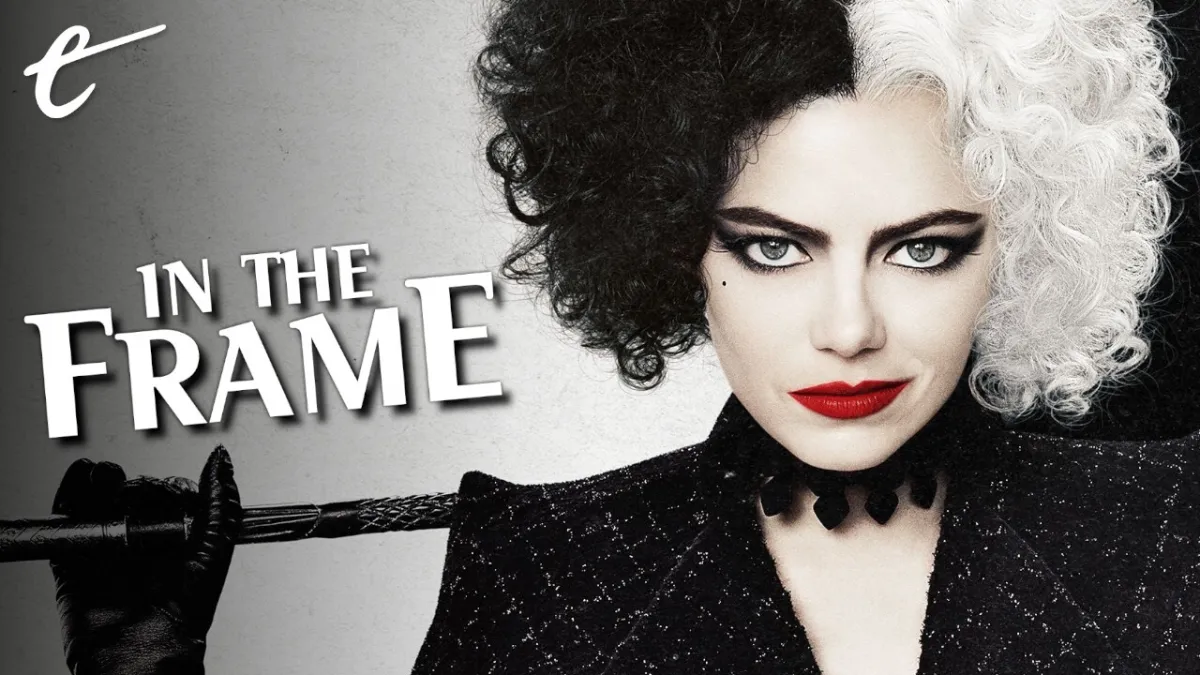




Published: Jun 4, 2021 11:00 am